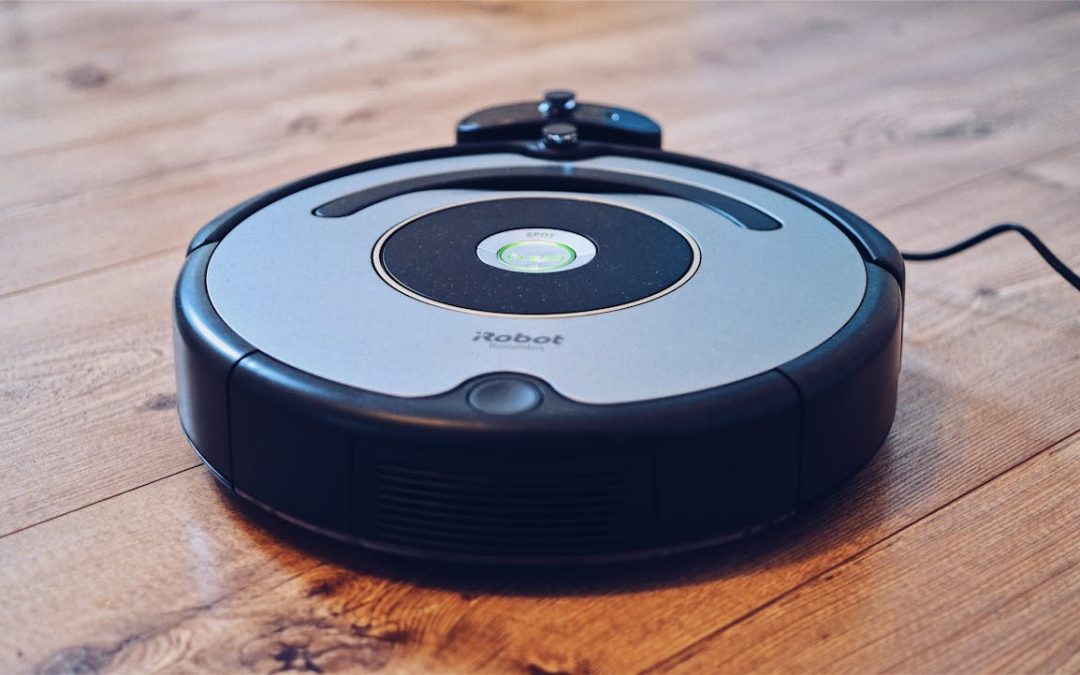Introduction to Robot Automation and Human Efficiency
In recent years, robot automation has moved from science fiction into the heart of workplaces, transforming industries and boosting human productivity. Automation is not only streamlining repetitive tasks but also enhancing human efficiency in complex roles, allowing workers to focus on creativity, strategy, and advanced problem-solving. This integration of robotics is shaping the future of work by creating more seamless, efficient, and innovative environments that benefit both businesses and employees.
Revolutionizing Repetitive Tasks
One of the most significant impacts of robot automation is in handling repetitive tasks that don’t require human intuition or creativity. In industries like manufacturing, logistics, and healthcare, robots can now complete tasks with precision, speed, and minimal errors. From sorting and packing to assembling parts, robots excel at tasks that would otherwise drain human energy and time. This change allows humans to focus on tasks that require more cognitive abilities, leading to higher productivity and greater job satisfaction.
Enhancing Accuracy and Reducing Errors
Robots bring an unmatched level of accuracy to tasks, especially those requiring extreme precision. In medical fields, for instance, robotic-assisted surgeries offer enhanced control and precision, minimizing risks and improving patient outcomes. Similarly, in manufacturing, robots ensure consistency in production, reducing the margin for human error. This accuracy not only improves the quality of products and services but also minimizes wastage, helping businesses become more sustainable and efficient.
Enabling Human-Robot Collaboration
The rise of collaborative robots, or “cobots,” is redefining how humans and machines work together. Rather than replacing human workers, these robots are designed to assist them, enhancing efficiency and safety on the job. In sectors like warehousing, cobots help with heavy lifting and transport, reducing the risk of physical strain on employees. By taking over these labor-intensive tasks, robots allow workers to focus on higher-level operations and strategic tasks, fostering a collaborative workspace where human expertise is amplified by robotic efficiency.
Preparing for a Future of Enhanced Human Roles
As robot automation continues to evolve, the roles of human workers are also transforming. Workers are now required to develop more advanced skills to operate, manage, and troubleshoot robotic systems, leading to the creation of new job opportunities. This shift not only enhances individual productivity but also raises the overall skill level of the workforce. The future of work is thus one where humans and robots work symbiotically, with robots taking on repetitive and precision-based tasks while humans focus on creative, analytical, and supervisory roles.
Conclusion: A Vision of Human Efficiency with Robots
Robot automation is undeniably transforming the way we work, enhancing human efficiency across industries. By automating repetitive tasks, improving accuracy, and enabling collaboration, robots are redefining the modern workplace. This partnership between humans and robots points to a future where work is more innovative, efficient, and fulfilling for people across all fields.


